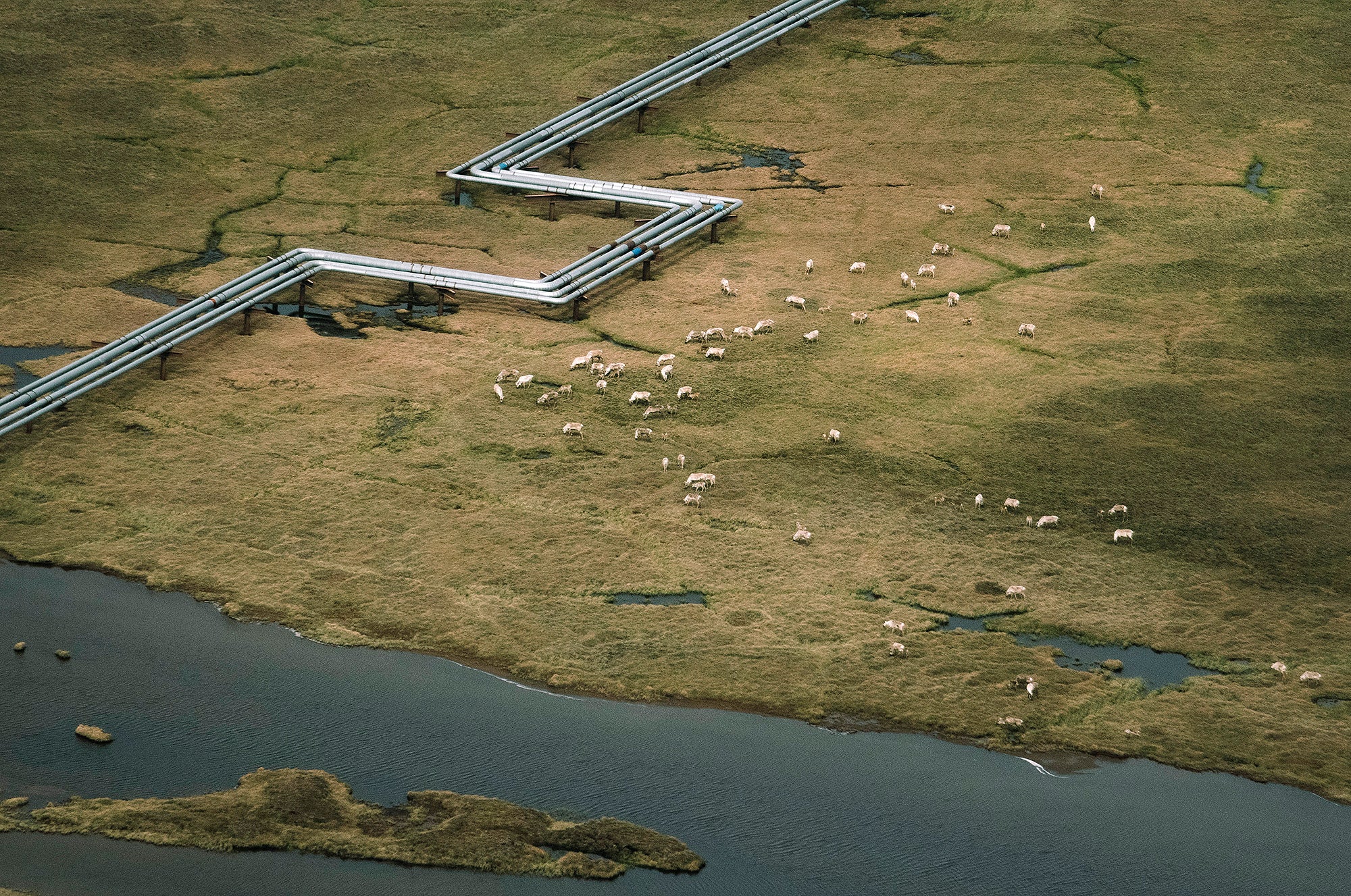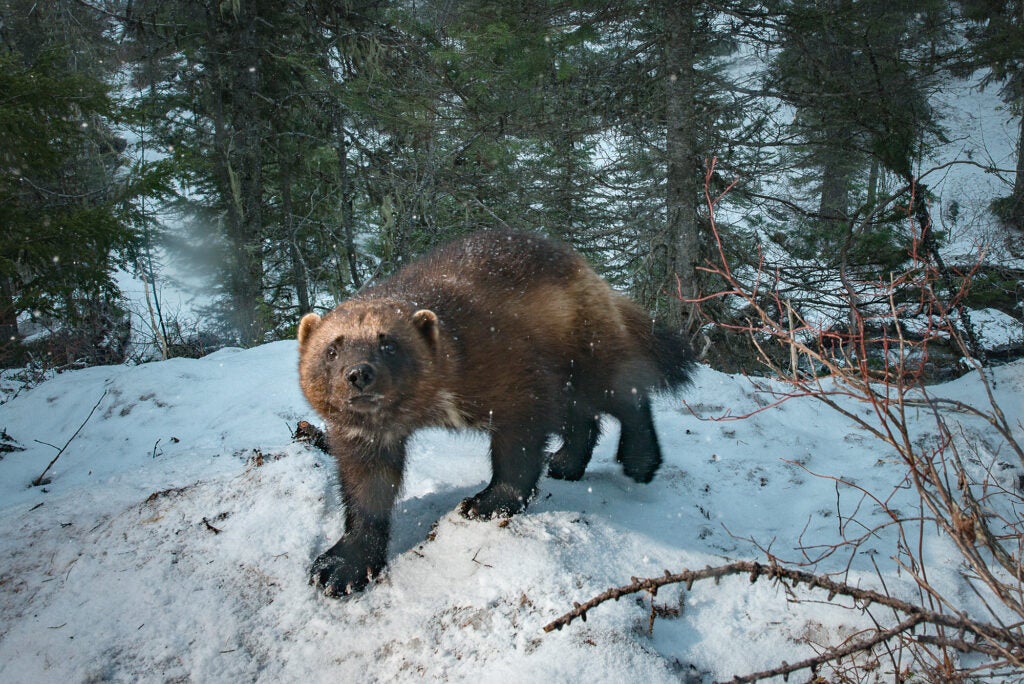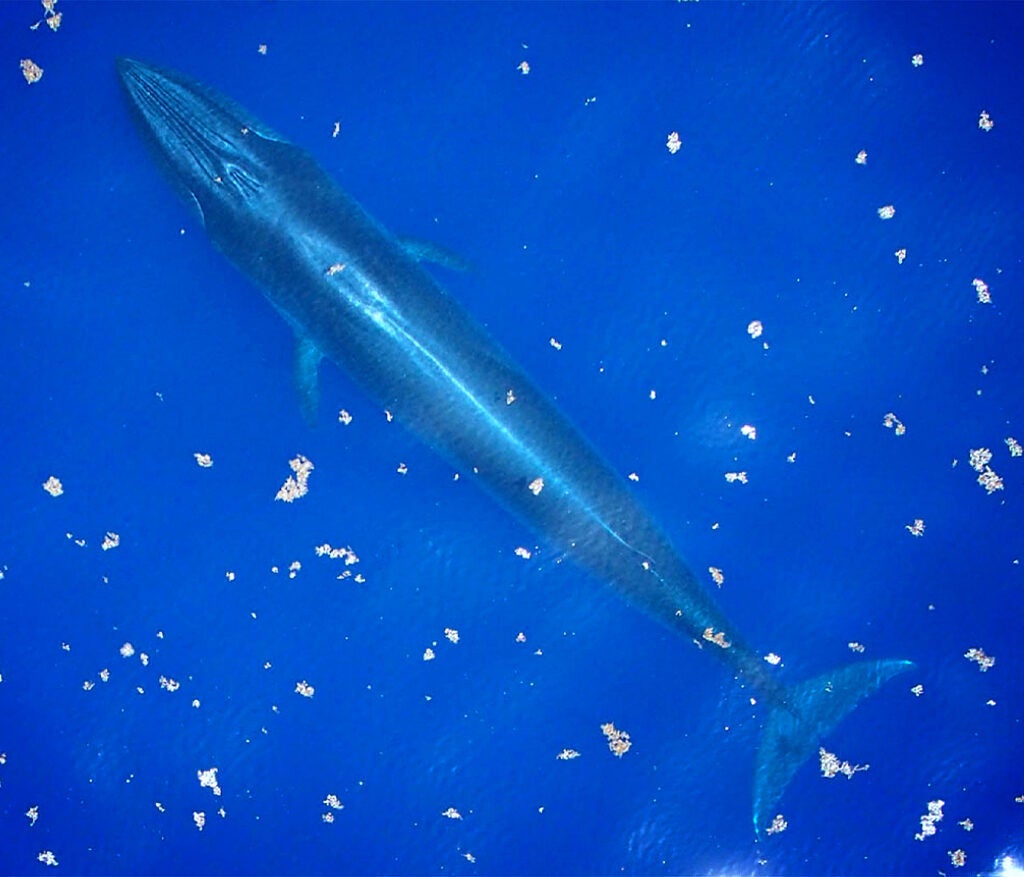There’s a Biodiversity Crisis, and Oil and Gas Are Making It Worse
The web of life is in danger of collapsing, due in large part to climate change, pollution, and habitat destruction caused by the fossil fuel industry. We're working to protect species from these threats.

This page was published 2 years ago. Find the latest on Earthjustice’s work.
We know that the extraction and consumption of fossil fuels are destabilizing the earth’s climate patterns in what is called the climate crisis. Our reliance on oil and gas is also a major contributor to a second crisis we are facing: the biodiversity crisis, in which the web of species and ecosystems that anchor all life on Earth, including us, is collapsing.
Though climate change is one factor driving the biodiversity crises, it is not the only threat. In fact, habitat destruction from land converted to agriculture, residential sprawl, and other sources is currently the largest driver of biodiversity loss. Yet, scientists predict that climate change will soon become the biggest threat to biodiversity. The two crises are interlinked: the destruction of ecosystems also reduces the planet’s natural defenses for withstanding climate impacts. The biodiversity crisis calls for a comprehensive strategy that can be deployed alongside efforts to tackle climate change.
Ending our dependence on fossil fuels must be key to that strategy. At every stage of their lifecycle, fossil fuels directly contribute to biodiversity loss by causing pollution, planet-warming carbon emissions, and the destruction of critical habitats.
Here are the stories of three species that represent major ways fossil fuels are eradicating species and their homes: The wolverine, which is directly threatened by the climate crisis as a warming planet endangers their snowy homes; the newly-discovered Gulf of Mexico whale, which faces noise and chemical pollution from offshore oil drilling; and the Teshekpuk Caribou Herd, whose calving grounds are threatened by infrastructure from a massive Arctic oil drilling project.
Earthjustice is working to protect these species and others from the destruction of fossil fuels. By removing our dependence on carbon-emitting, nonrenewable oil and gas, we can protect the diverse range of species and ecosystems like these that make our planet habitable.
The Teshekpuk Caribou Herd

Caribou roam Alaska’s Western Arctic in the Lake Teshekpuk area. (Kiliii Yuyan for Earthjustice)
Territory: Western Arctic
The ecologically rich Teshekpuk Lake in northern Alaska is a key habitat for Arctic wildlife. Among its many inhabitants is the 62,000-strong Teshekpuk Caribou Herd. Unlike other caribou that migrate seasonally, most of this herd stays by the lake year-round. Caribou nourish their environment by providing nutrients to foraging ground, and they are important prey species for wolves and bears.
Pregnant mothers return to their generational calving ground each spring to give birth to spindly calves. With relatively few predators, protection from mosquitoes, and lush vegetation, Teshekpuk Lake is a critical breeding and calf-rearing area for this unique herd.
Threat: Habitat Destruction
In March, the Biden administration approved the Willow project, ConocoPhillips’ massive oil and gas project in Alaska’s North Slope.
This massive carbon bomb would carve up the tundra with gravel roads, over 200 miles of pipelines, and hundreds of polluting oil wells — all while generating over 280 million metric tons of greenhouse gases. Though the administration claimed to have exempted Teshekpuk Lake from Willow’s destruction, one of the approved drill sites has been quietly extended into the herd’s range, placing them at risk. Willow would also impact Alaska Native communities who have maintained a subsistence lifestyle in the North Slope for thousands of years.
How We’re Fighting for Them
We’re not letting ConocoPhillips destroy this critical habitat without a fight. We stopped the project in court after the Trump administration gave it the green light in 2020, and a judge sent it back for further environmental review. Now, despite vocal opposition from environmental and Alaska Native groups, the Biden administration has approved a new version of Willow. Earthjustice will challenge the polluting project in court.
Wolverines

A wolverine photographed in the wild using a camera trap in Western Montana. The photo was made under a special use permit with the Flathead and Lolo National Forests. (Steven Gnam)
Territory: Northern Rockies and Pacific Northwest
The wolverine is the largest member of the weasel family in North America. Wolverines are 40 pounds of cunning, furry energy: they quickly scale cliffs and tall trees, speed across open tundra at 30 miles per hour, and thieve carcasses from bears, wolves, and cougars. Though aggressive when cornered, wolverines can be social and playful.
As scavengers, they help maintain ecological balance by redistributing nutrients across their environment, stabilizing local food webs, and lowering the risk of bacterial diseases by removing carcasses.
Threat: The Climate Crisis
After over a century of trapping and habitat loss, no more than 300 wolverines remain in the lower 48 states. Wolverines require deep snowpack to dig their dens and raise their young, so climate change puts them at immediate risk. Unless governments transition away from fossil fuels toward clean energy, scientists estimate that wolverines will lose nearly a third of their range in the lower 48 by 2050 — a dire prospect, since wolverines do not share territory and need large areas to coexist. Shrinking their habitat thus jeopardizes their genetic diversity, lowering their resilience against diseases and environmental changes.
How We’re Fighting for Them
Recognizing the threat wolverines are facing, Earthjustice, on behalf of conservation groups, petitioned to list the wolverine as a threatened species under the Endangered Species Act. In 2020, the Fish and Wildlife Service denied the petition; we sued the agency, and in 2022 a Montana court restored interim protections to wolverines while the government reconsiders a permanent listing. And through our Fossil Fuels Program we continue to push the government to end new federal fossil fuel leasing by slowing and eventually stopping new leases and withdrawing sensitive areas from availability.
Gulf of Mexico Whale

An aerial photo of a Gulf of Mexico whale, or Rice’s whale, swimming in the gulf. With likely fewer than 100 individuals remaining, Gulf of Mexico whales are one of the most endangered whales in the world. (NOAA)
Territory: Northeastern Gulf of Mexico
In 2021, scientists confirmed the discovery of a new subspecies of whale: the Gulf of Mexico whale, also known as Rice’s whale. Exciting as this news was, scientists also concluded that it is one of the world’s most endangered whales, with likely fewer than 50 individuals remaining. Unlike other large whales, the Gulf of Mexico whale stays within the northeastern Gulf year-round – an area with heavy oil drilling activity.
Threat: Oil Pollution
Every aspect of offshore oil drilling is harmful to whales. Take seismic blasting: ships constantly blast air guns in the Gulf of Mexico to search for oil and gas pockets in the sea floor. The sound wave travels hundreds of miles, assaulting whales who rely on echolocation to communicate, locate food, and mate.
Then there’s oil pollution. Thousands of oil leaks pollute the Gulf each year. Oil causes pneumonia, immune dysfunction, and reproductive issues in marine animals. BP’s Deepwater Horizon oil spill in 2010 was particularly disastrous, killing one-fifth of the whales’ entire population.
How We’re Fighting for Them
After BP’s oil spill, the government published a deeply flawed assessment of offshore oil and gas drilling that left the Gulf of Mexico whale and other species at risk. Earthjustice is challenging that assessment in court, and has separately urged the government to protect the whales from seismic air guns. We are also going after the source: offshore oil leasing in the Gulf. In 2021, Earthjustice represented conservation groups in a successful lawsuit against the Biden administration to stop the sale of 80 million acres in the Gulf of Mexico to oil and gas companies.